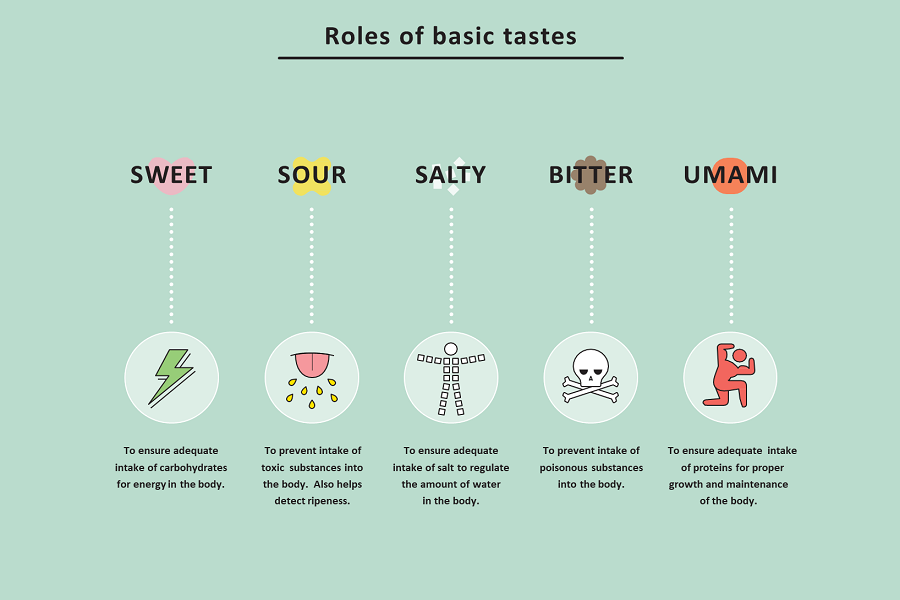
Published :
Updated :

Have you ever wondered why Sondesh tastes like happiness on special occasions? Or why the zing of a lemon sends shivers down your spine?
With its intricate network of taste buds, the human tongue holds the key to these delightful mysteries. How the human tongue detects different types of taste is complex to explain, but scientists previously discovered five basic tastes: sweet, sour, salty, bitter, and umami. The last one was discovered by Japanese chemist Kikunae Ikeda in 1908, which means ‘Enjoyable Deliciousness’.
Recently, a group of American scientists claimed in the Nature Communications journal that they have discovered another unique taste detected by the tongue: ammonium chloride.
A human tongue has various receptors or sensory cells to detect the five basic tastes. However, these receptors are not exactly cells but special proteins found in sensory cells. In addition to these five receptors, our tongue can detect another taste, ammonium chloride (NH4Cl), according to a new study.
Scientists have understood that our digestive systems react to ammonium chloride for years, but how our tongues sensed this remained a mystery. Researchers at the University of Southern California Dornsife have now unveiled the receptor responsible, naming it OTOP1. This unique protein in sensory cell membranes forms channels that send hydrogen ions into cells. Intriguingly, the same receptor also identifies acidic or sour flavours, like those found in lemons or vinegar.
The scientists theorized that since OTOP1 responds to acidity, it might also react to ammonium chloride. To test this, they cultivated OTOP1-rich cells in the lab and exposed them to both acid and ammonium chloride.
The results were interesting: the OTOP1 receptor responded similarly to both substances, confirming their hypothesis.
Notably, ammonium chloride has an extremely unpleasant taste, serving as a natural deterrent against harmful foods due to its harmful effects on humans and animals.
But humans can still enjoy its taste, like how we have become used to or learned to enjoy spicy or acidic foods. Ammonium chloride is the flavour of salted liquorice candy, which is very popular in Nordic countries, the Netherlands and Northern Germany.
One of the researchers, Emily Liman, a biology professor at USC Dornsife, noted, “If you live in a Scandinavian country, you might be familiar with the taste. Maybe you even like it. Ammonium is slightly toxic, so our receptors have evolved to detect this taste.”
However, gaining universal acceptance is difficult for a new taste. The receptors on our tongues primarily respond to glutamate and nucleotides. Familiar foods rich in glutamate include salty flavours or monosodium glutamate. This taste is also found in foods like soy sauce, seaweed, fish sauce, Worcestershire sauce, and anchovies.
Decades after identifying the umami taste, it was acknowledged as a basic taste. Will the taste of ammonium chloride, recently discovered by scientists, follow the same path?
Will it be recognized as a basic flavour, or will it be excluded? Only the future can tell.
contact.iftekhar.tne@gmail.com


 For all latest news, follow The Financial Express Google News channel.
For all latest news, follow The Financial Express Google News channel.